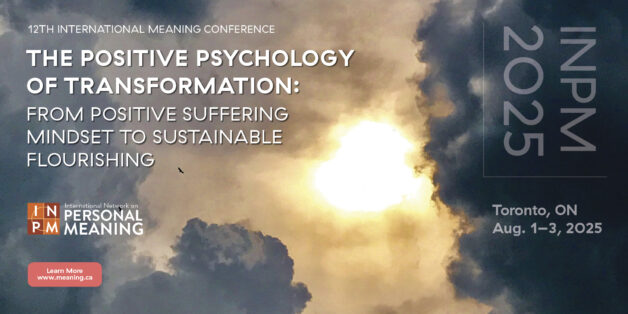Abstract
This paper examines the dynamics of creative cognitive activity in the waking and dreaming processes that are often thought of as pathological and counterproductive but may, in fact, be healthy and useful. During waking states, there is evidence suggesting that there are healthy benefits for creativity, even in the context of bipolar spectrum mood disorders, as well as in daily life. Yet creativity is often pathologized and misunderstood because of its assumed links with pathology or “abnormalities.” Creative functioning may be further understood as a metaphorical and perhaps as a psychoneurological descriptor. In view of these data, society might value innovative “divergence” rather than assuming that deviations from what is “normal” are invariably “pathological.” Indeed, creative personality traits may be useful predictors for the enhanced generation of divergent thought.
In dreaming, one may see certain of these phenomena in even bolder relief, where our sensory world and the usual rules of logic are suspended, yet valuable insights may emerge. However, some writers see dreaming as no more than random patterns due to random brain activity, rather than an intentional process holding potential meaning. Although dreaming may have random elements, one can also discover patterns of content for which the meaning has potential social as well as individual significance. These patterns are not only suggestive of immediate value, but also of potential value because they were adaptive. It is likely that further clarification of nonlinear dynamical processes and the balance between divergent and convergent forces can further reveal the healthy potentials of our creative minds, during both waking and dreaming states.
PDF article download available to INPM Regular Members only. Login or Join now or purchase this article here

 Meaning Conference 2025 will be the INPM’s first in-person conference with a virtual option after the pandemic.
Meaning Conference 2025 will be the INPM’s first in-person conference with a virtual option after the pandemic.